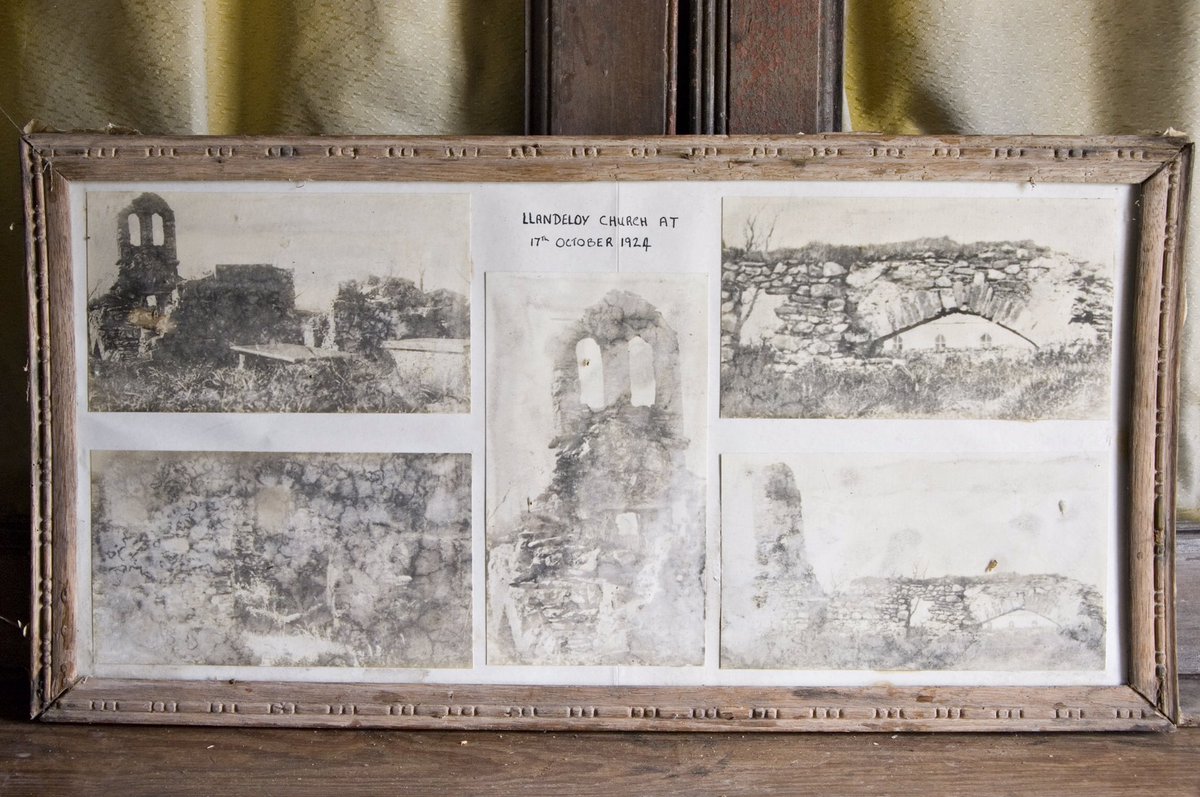
Brithdir has powers of transportation.
Behind a thicket of fleshy, fuchsia rhododendrons, a rugged granite church hides. Inside, the stippled plaster walls are daubed in burnt sienna, the ceiling soars in royal azure.
But the Mediterranean vibe doesn’t end there... #thread
Behind a thicket of fleshy, fuchsia rhododendrons, a rugged granite church hides. Inside, the stippled plaster walls are daubed in burnt sienna, the ceiling soars in royal azure.
But the Mediterranean vibe doesn’t end there... #thread

St Mark’s, Brithdir was built in the 1890s. Louisa Richards commissioned Henry Wilson to design the church in memory of her husband, the Rev’d Charles Tooth, founder of St Mark’s church in Florence.
He had died within a few months of their marriage.
2/
He had died within a few months of their marriage.
2/

Wilson was inspired by Tooth’s legacy in Florence, but also by “those delightfully simple churches just south of the Alps”.
3/
3/

The buttery yellow walls in the nave glow. The chancel is lower, darker, closer, creating an air of mystery. The walls are curvaceous. The squinches throw shadows. The small space seems cavernous.
4/
4/

Right at the back, a cast copper altar glitters. On it, the Virgin Mary receives the Holy Spirit before a trellis laden with roses, lilies and daffodils. Two figures with bowed heads bear witness. It's thought these are Charles and his brother Arthur…
5/
5/

Mice, squirrels and rabbits scurry around the legs of choir stall. Owls and kingfishers watch silently from the shadows. The top of each pew has a stylised tree spelling ‘SM’, for St Mark’s.
6/
6/

Wilson wanted this church to appear is if it had sprung out of the soil, rather than set down upon it.
Through the richness and boldness of his design, he created a church of unparalleled wonder and warmth.
More here: friendsoffriendlesschurches.org.uk/brithdir/
All photos by @fotofacade ♥️🙏
Through the richness and boldness of his design, he created a church of unparalleled wonder and warmth.
More here: friendsoffriendlesschurches.org.uk/brithdir/
All photos by @fotofacade ♥️🙏

• • •
Missing some Tweet in this thread? You can try to
force a refresh


























